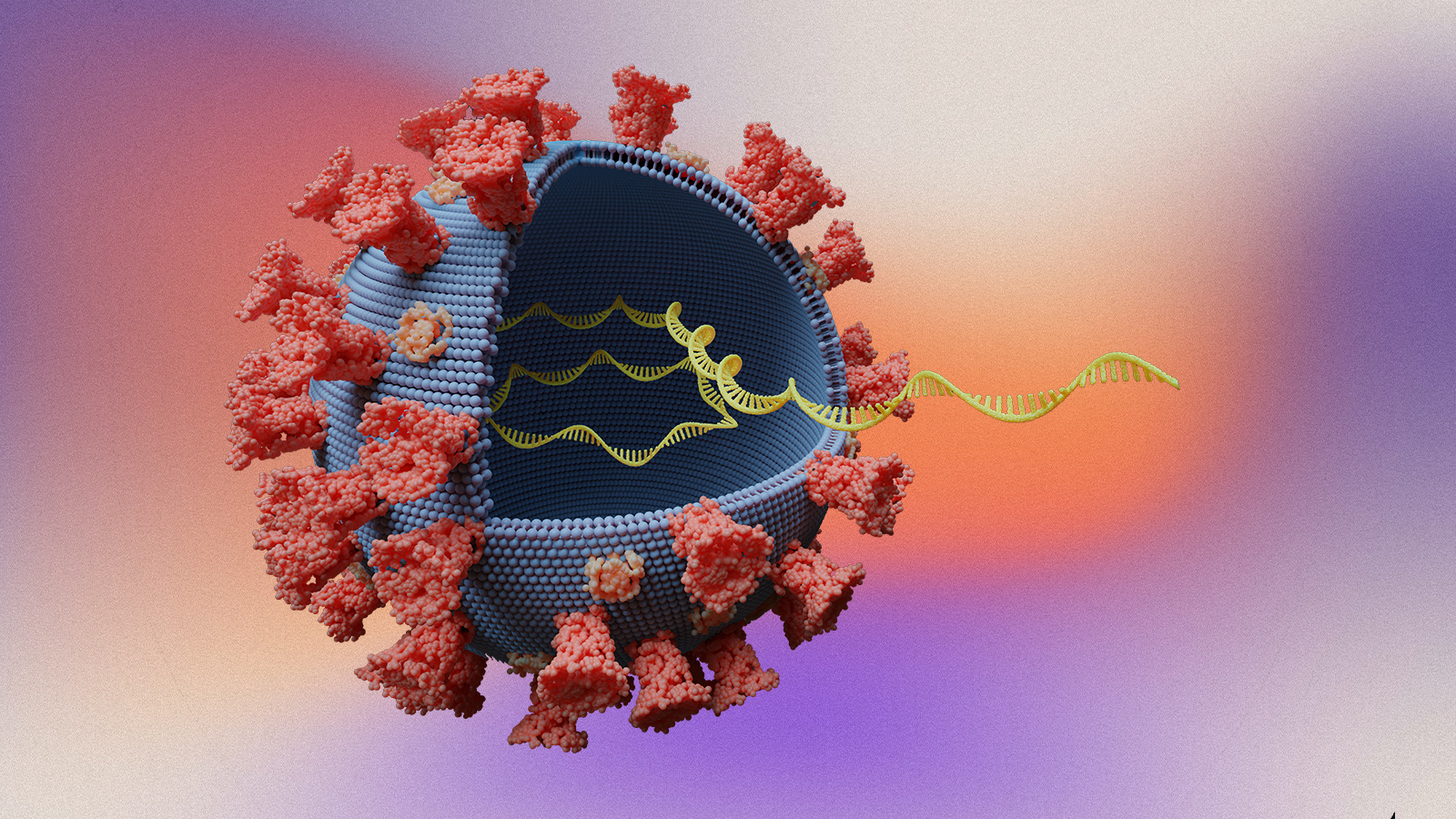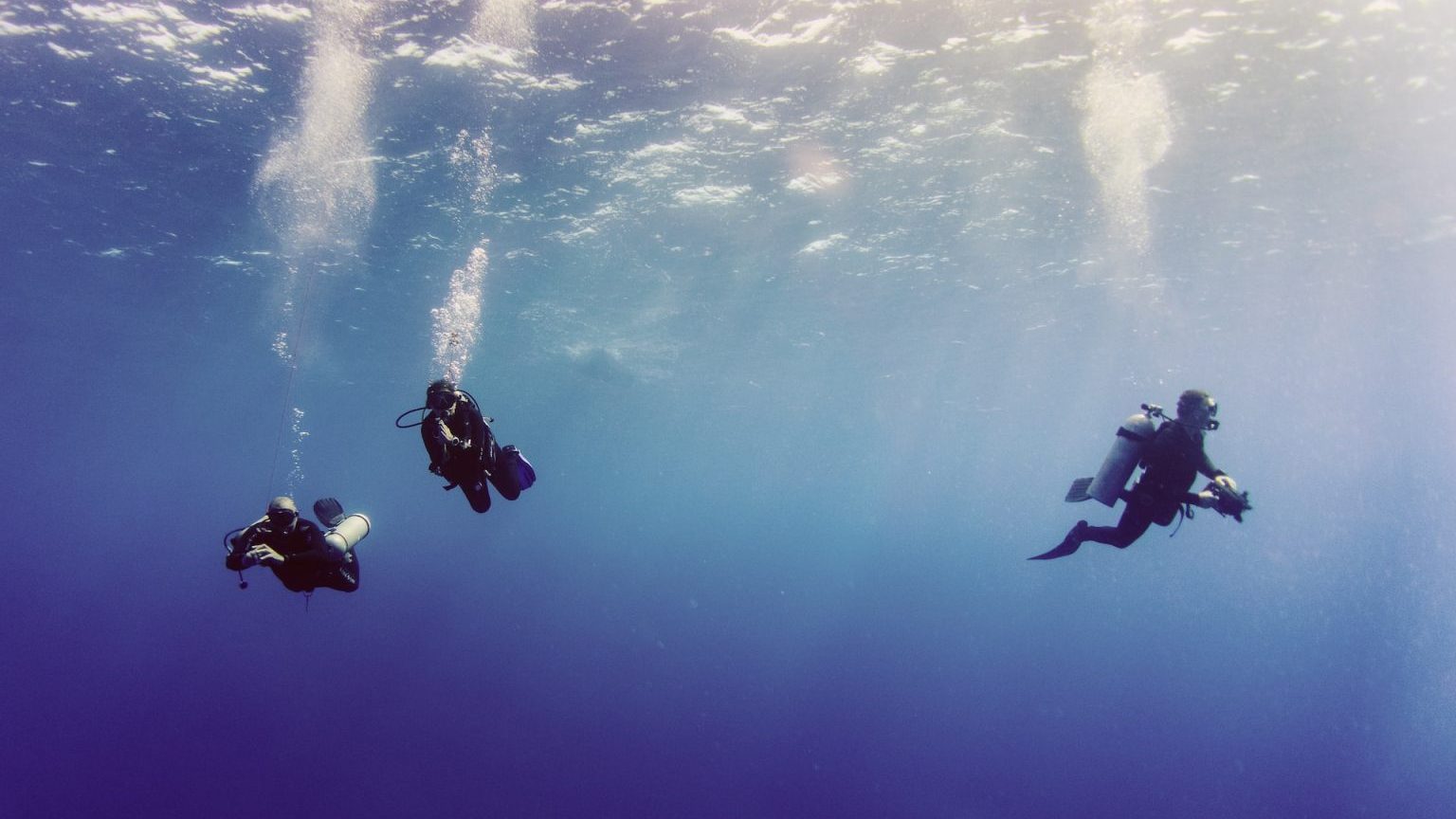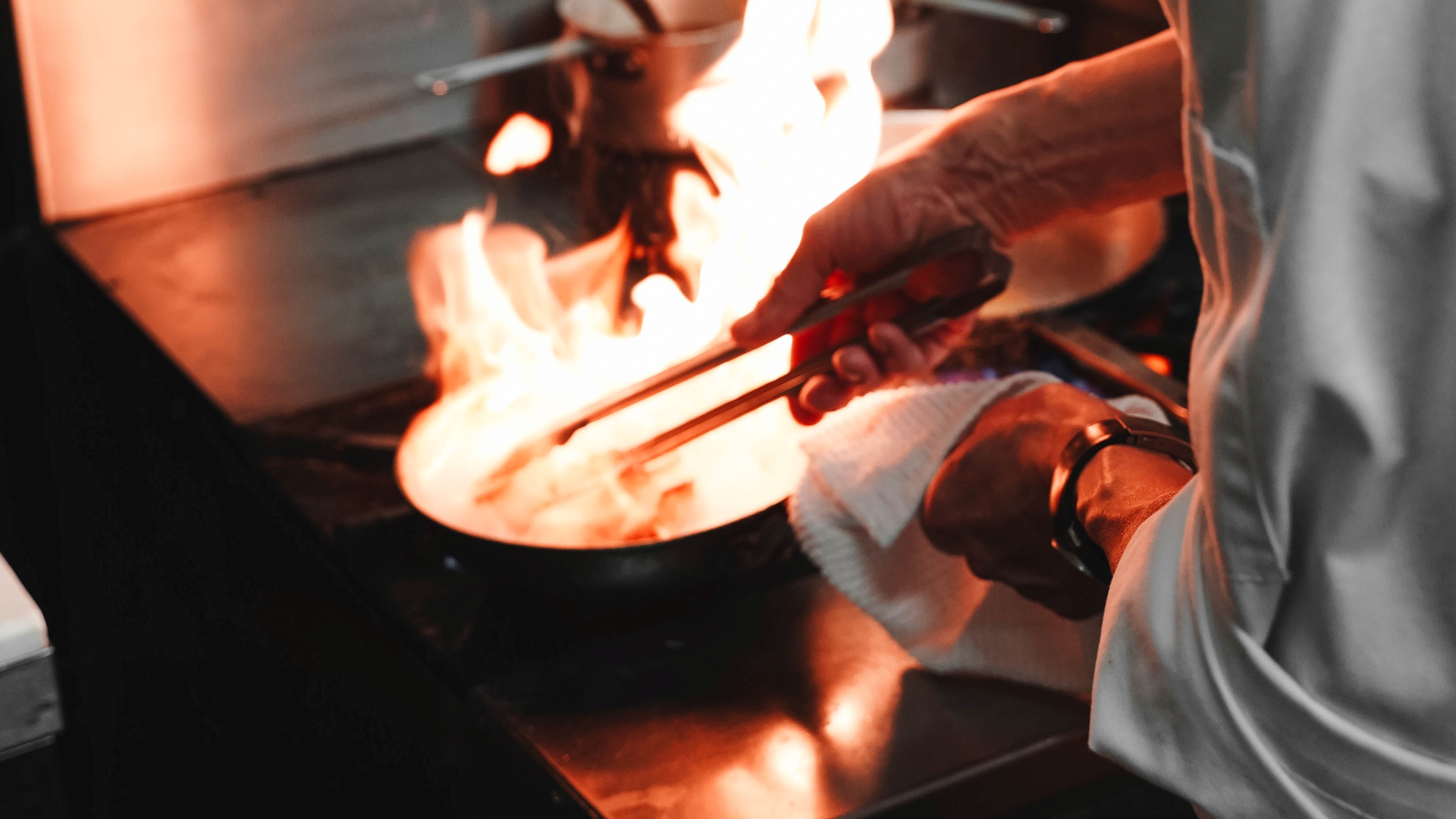Forget sharks and predatory animals—the most dangerous aspect of diving is oxygen.
Question: How do you prepare for a dive?
Sylvia Earle:Well preparing for a dive takes different forms depending on what kind of dive you’re going to do. If you’re just going to go snorkeling or holding your breath diving down... no preparation needed, just take a big breath and down you go. Of course it’s nice to have a facemask. It helps to have flippers. It helps if you’re in cold water to have a wetsuit or even a dry suit that will keep you warm if you want to stay more than just a moment or two. For using scuba you first want to make sure that you have air in your tank, that, again the same old thing, that you want to be warm diving in cold water. You’ve got to prepare for that. Using self-contained underwater breathing apparatus, SCUBA, requires a little bit of training, not a lot. The more you do it the more comfortable you are, the more experienced, the more able you are to cope with the unexpected should circumstances arise, but mainly it’s very simple. My instruction back in 1953, before there were classes in learning how to dive was very simple. Two words, breathe naturally, don’t hold your breath because if you do hold your breath while you have compressed air that you have taken in while breathing and you ascend the air that is in your body, in your lungs, in your tissues will expand as you come closer to the surface as you begin to take the pressure off. That’s dangerous. You can embolize. You can get bubbles in your bloodstream. You can get the bends. So "breathe naturally" was really good advice because as you exhale you eliminate the air that you have in your lungs and so you learn not to stay too long because after awhile the air that you breathe, the nitrogen actually gets into your bloodstream, forms little bubbles and you can stay for a short period of time and all of this is closely calculated. You know exactly how long you can stay before you have to count in decompression before coming back to the surface.
A lot of this has been learned in the last 50 years the hard way, by people who have made mistakes who have tried it and have learned that they need to do things differently. I have been part of that learning curve I suppose. In 1970 for the first time I had a chance to live underwater. They call it saturation diving. You stay underwater at a certain depth long enough for your tissues to become saturated with the breathing mix that you’re inhaling. In the first case it wasn’t just air. It was a mixture of nitrogen and oxygen with somewhat less oxygen than we have at the surface and therefore a little more nitrogen because oxygen actually can become toxic if you breathe it under pressure for a long time at a certain depth, below about 30 feet, 60 feet it becomes toxic, dangerous. You can go into convulsions if you have too much oxygen. "How can you have too much oxygen?" you might say. "We need oxygen." We do, but too much oxygen even for us under the right or wrong circumstances can be lethal. It can certainly be harmful, so these are all things that in the process of learning how to dive you can learn and figure out and then…
But it’s a bit like using a telephone. We take for granted that you can pick it up and talk into it. Engineers have carefully crafted the technology so that it is easy to use. Engineers have carefully crafted the mechanism so you can just breathe into a regulator and not actually have to understand how it works if you trust the engineers and I’ve come to rely on engineers through much of what I’ve done to gain access to the sea. I try to understand how the processes work so that if something goes wrong I can react and adjust accordingly, but since I personally am not an engineer I try to work with them to do the heavy lifting when it comes to doing the calculations, getting the systems so that they will work when they need to work. That goes for scuba apparatus. It goes for little submarines that I’ve had the joy of using. I’ve been on the inside track of building submarines, so I do kind of understand what it takes, but I leave the actual calculations to those who know more about it than I do.
Recorded April 14th, 2010
Interviewed by Austin Allen





